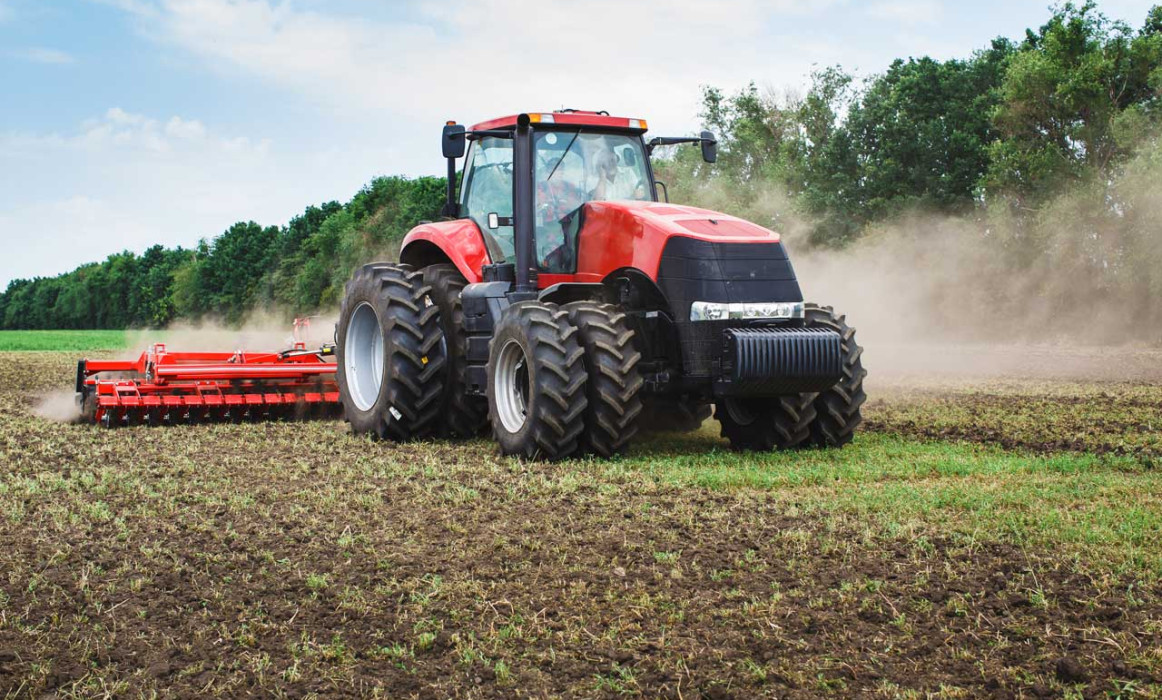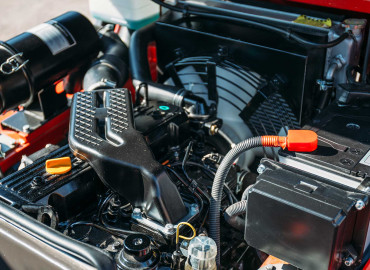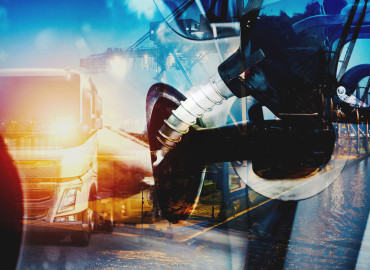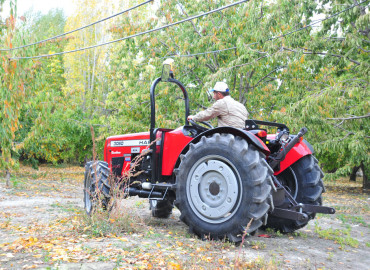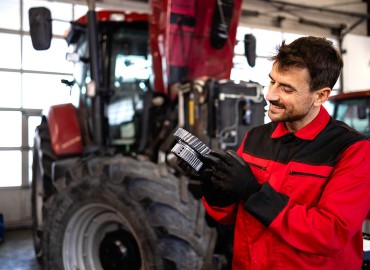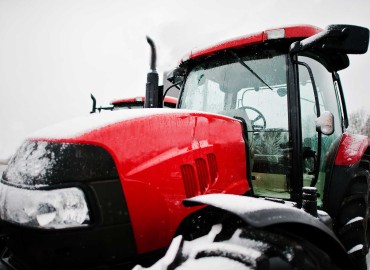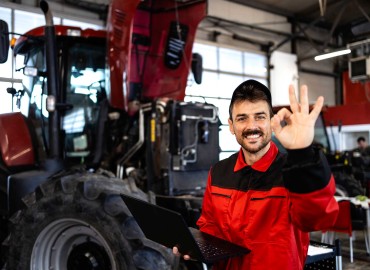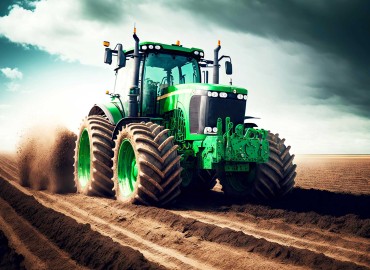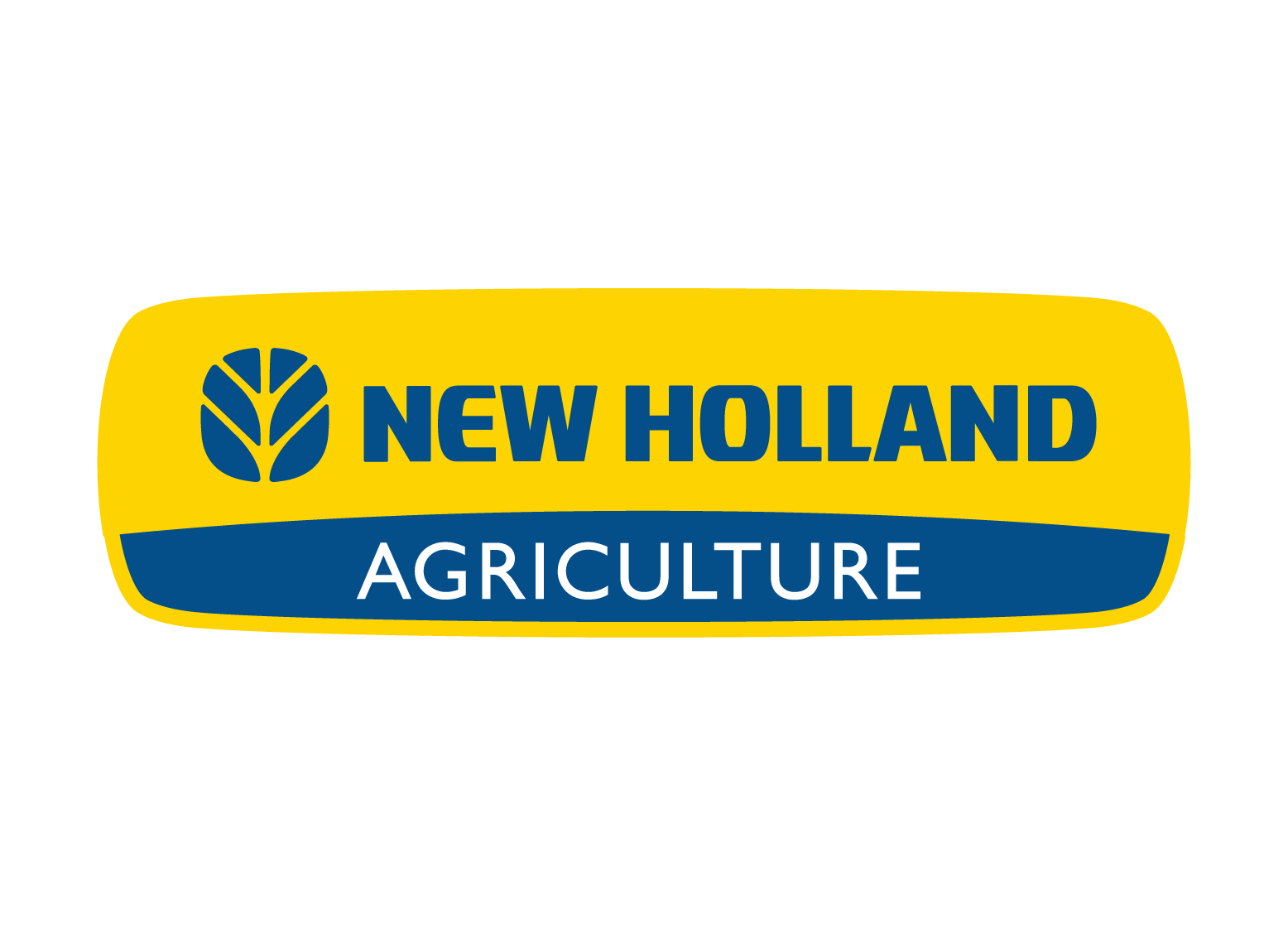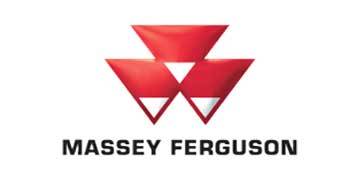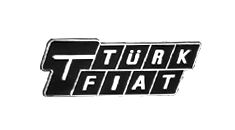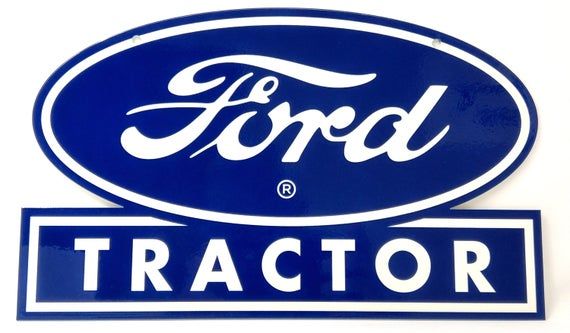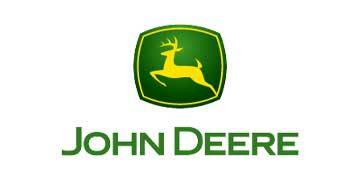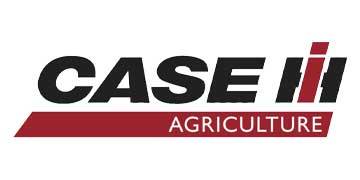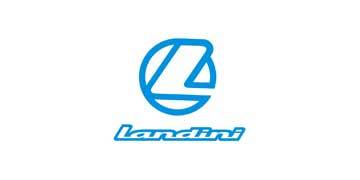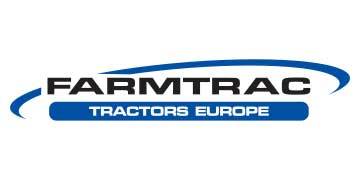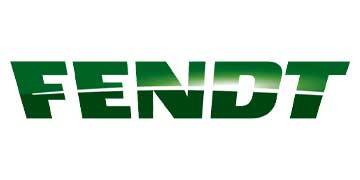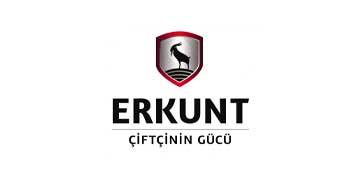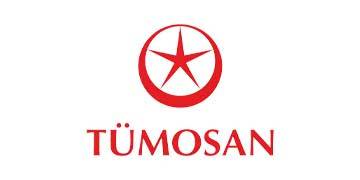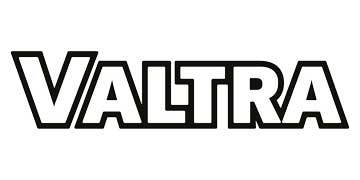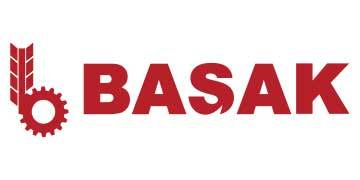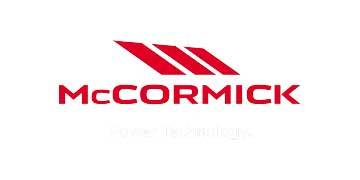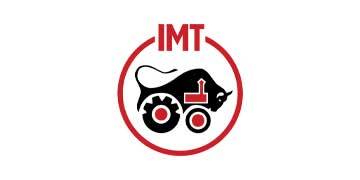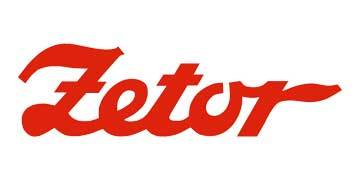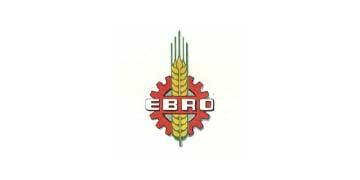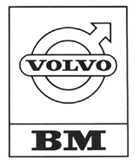In engineering , the term hydraulic systems refers to systems that operate using pressurized fluid to power an engine. The discovery of the use of hydraulics enabled important work to be done, such as lifting heavy loads and turning large shafts with minimal input through a mechanical coupling. That's because these systems apply pressure to a small amount of fluid to generate a large amount of power.
In Which Areas Is Hydraulic Used?
Hydraulic power systems are much more flexible than mechanical and electrical systems. It also enables more power to be produced from systems of equal size.
With recent advances in science, agro-based industries have emerged in previously unexplored lands and places. The topography of these areas has to undergo several changes to meet land use standards. Heavy machinery such as trucks and tractors have to work in harsh climatic conditions within a certain period of time. These machines use heavy-duty motors as they are subjected to a lot of strenuous work.
In order to maintain the performance and prolong the life of these machines, the friction that occurs inside the engine should be reduced. At this point, hydraulic technology should be at the forefront so that the engines can become more robust and advanced. This is because these components must provide load-bearing and consistently high power generation when driving the crankshafts.
Therefore , hydraulic power systems used in following fields:
- In ship deck cranes,
- in loading and unloading of ships,
- In space telescopes,
- on trains,
- in dams,
- In Power Plants,
- in aircraft direction control systems,
- In mineral production,
- on workbenches,
- In injection presses,
- In heavy industry machinery.
What are Tractor Hydraulic Parts?
Hydraulic parts in the tractor are as follows:
- Pump
- Cylinder
- Piston tank
- Control valve
- Safety valve
- Hose and fittings
- Lift arms camshaft
- Middle arm
Pump
There are various types such as gear pump, submersible pump, vane pump and screw pump. Gear pumps are commonly used in tractors as they can deliver large volumes of oil compared to a submersible pump.
Cylinder
It is a larger cylinder equipped with a piston and a connecting rod. It is also called ram cylinder.
The piston moves in the cylinder. It causes back and forth motion in the cylinder. The part that transmits the power from the piston to the lifting arms is the connecting rod. The lift arm is lifted by pressure, lowered by its weight.
Piston Hydraulic Tank
The tank is the circuit elements that store the fluid and prepare it in accordance with the working conditions. The fluid is transmitted to the system by the pump over the tank. It is used in circuit elements. Then it returns from the system and empties back into the tank. Thanks to the return of the fluid, the tank performs the cooling process. At the same time, impurities and unwanted substances in the system are separated from.
 en
en  tr
tr 
